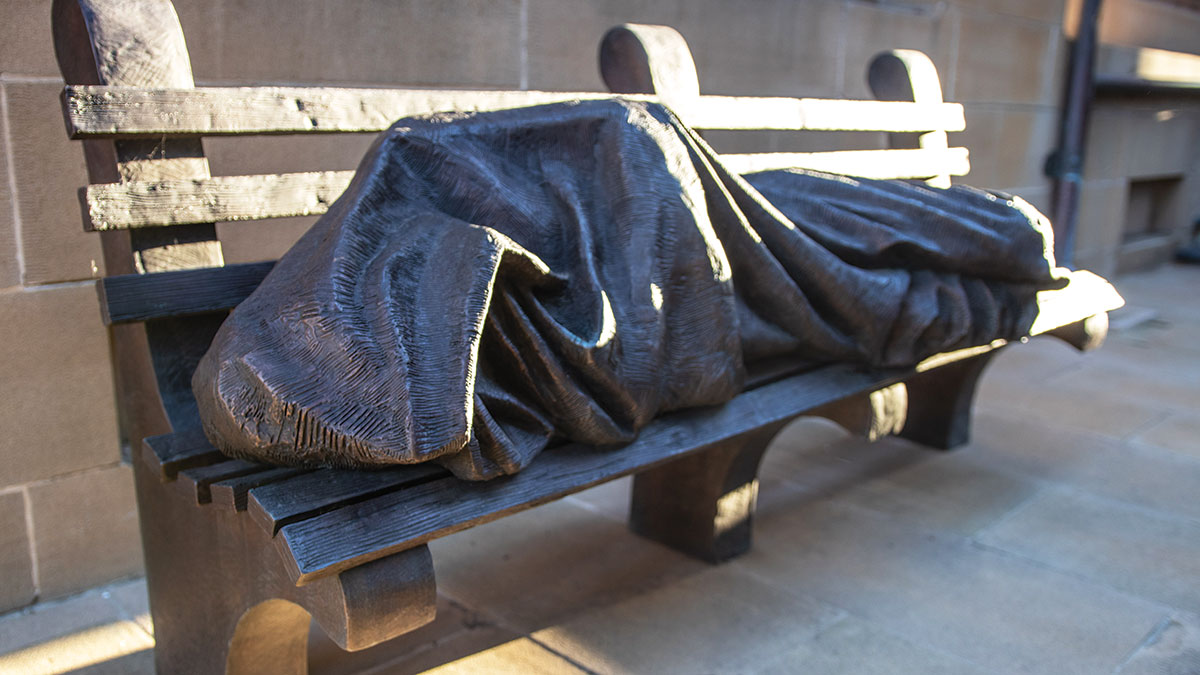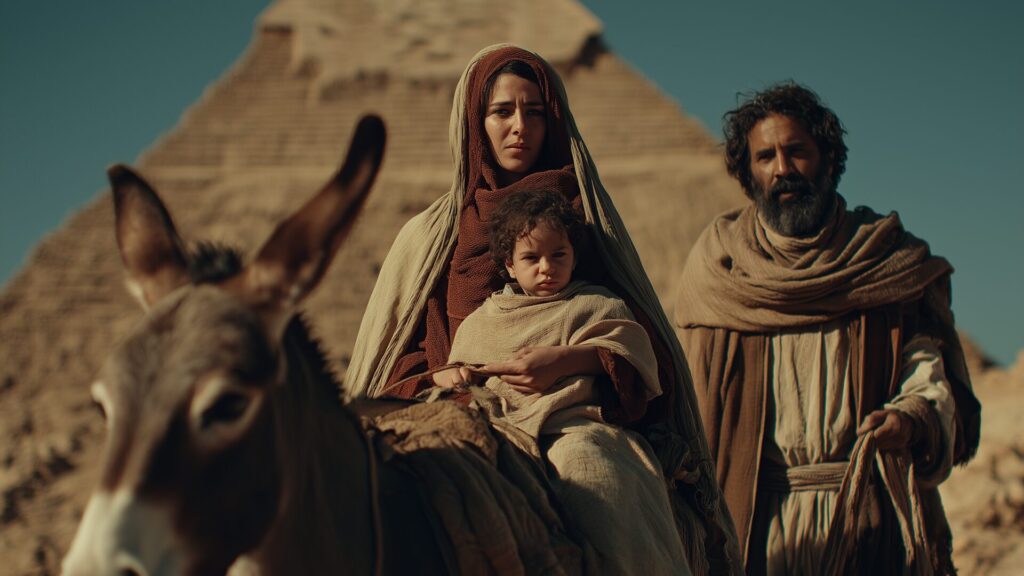As the United States presidential motorcade passed through Dallas, Texas, on November 22, 1963, one of the passengers, Nellie Connally, leant over and spoke to John F Kennedy. The sides of the road were filled with crowds of adoring fans who had flocked to see the President and his wife in a public display. “Mr President, you certainly can’t say that Dallas doesn’t love you,” Connally said.
Moments later, as the motorcade passed through Dealey Plaza, President Kennedy was fatally shot by Dallas resident Lee Harvey Oswald. Turns out there was a person in town who didn’t love Kennedy.
History is full of events where the complete opposite of what was expected ends up happening. From the Chinese tribes who unintentionally invented gunpowder while trying to create the “elixir of immortality”, to a memorial tree for Beatles musician George Harrison being killed by beetles, hindsight gives us plenty to think about. Believe it or not, the patent for the invention of the fire hydrant was burnt down along with the building that housed it in 1836—so we don’t actually know who invented it.
In the last decade, multiple cities around the world have installed artistic “Homeless Jesus” statues, which depict a metallic representation of Jesus laying on a park bench, huddled in a long-hooded robe, His nail-scarred feet protruding. The idea originated in Toronto, Canada, and has since spread to other sites, including Sydney, Vatican City and even the Dominican Republic. Sculptor Timothy Schmalz stated he attempted to depict Christ’s humility, inspired by Matthew 25:46: “Whatever you did for one of the least of these brothers and sisters of mine, you did for me” (Matthew 25:40). Nothing ironic about that.
However, in Orlando, Florida, the statue of Jesus sleeps comfortably on a bench despite a ban on homeless people from sleeping on benches themselves. What was intended as a sculpture to highlight Christ’s humble character ended up going against the humility that Christ stood for. Imagine the thoughts of homeless people as they look up at the specially reserved depiction of Jesus sleeping on the bench while they are confined to the cold, hard ground.
The sculpture, designed to point out the humility of Christ and His relatability to the lowest of society, now points out the injustice and dehumanisation that the homeless of Orlando are facing. [pullquote]
But how do we approach Christ’s teachings about caring for the less fortunate? We discuss helping the needy using great rhetoric at church each week, but sometimes do very little when it comes to application.
“Go, sell your possessions and give to the poor, and you will have treasure in heaven. Then come, follow me,” Jesus once said to a man (Matthew 19:21).
A friend who claims a Christian background but doesn’t attend church once shared his feelings of mistrust about church systems with me. He pointed out the disconnect between Christ’s teachings about the poor and what Christians actually do about it. People are tired of the “thoughts and prayers” cliche that’s put out on social media by the same Christians who sit back and do nothing.
The sad irony is that there are so many wonderful opportunities the Adventist Church provides for us to get involved, and yet we don’t. Yes, the Church runs mission trips and large-scale projects, but even smaller things like donating to the 10,000 Toes campaign or giving leftover belongings to an ADRA op-shop will be a huge benefit to someone who needs it.
In Sydney, Redfern Community Centre is a way for church members to feed and worship with homeless people in the city. The interactions I’ve had there while serving members of the community have brought me closer to God than many other forms of worship.
When challenged by the irony of injustice, we’re also faced with a choice between inaction and doing something. I struggle to believe that Jesus would’ve slept on the park bench in Orlando—I think He would’ve been right there on the ground with the lowest of the low. Jesus wouldn’t have sat back and done nothing; He would’ve gotten right in amongst it.
Let’s turn our thoughts and prayers into action.






